Dune 7, Sand dune in Namib Desert, Namibia.
Dune 7 is a sand dune in the Namib Desert that rises to approximately 383 meters above the surrounding landscape. The dune displays reddish-orange coloring and forms a striking landmark within the otherwise flat desert terrain.
This sand dune formed through wind patterns and climate fluctuations spanning millions of years in the Namib Desert. It remains part of the ongoing geological changes that continually shape the desert.
Local desert communities use the dune's position and height as a traditional navigation point when traversing the extensive Namib landscape.
Climbing the dune requires good physical preparation, sturdy footwear, sun protection, and plenty of water to drink. Allow extra time since sand shifts underfoot and makes walking more difficult.
Researchers regularly use this dune to study sand movement and wind patterns in desert environments. Such scientific observations help explain how dunes behave in extreme climatic zones.
Elevation above the sea: 383 m
GPS coordinates: -22.96500,14.59056
Latest update: December 6, 2025 16:03
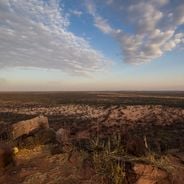
Namibia offers travelers a diverse landscape of natural wonders and historical landmarks that span vast desert plains, dramatic canyons, and protected wildlife reserves. The country's attractions range from Etosha National Park, where large herds gather at waterholes across more than 8,500 square...
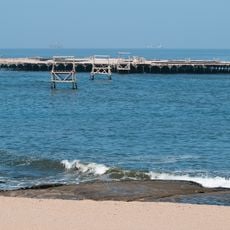
Bird Island
11.1 km
Dorob National Park
98.8 km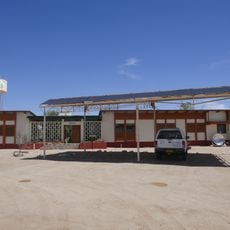
Gobabeb
81.8 km
Woermann House
32.5 km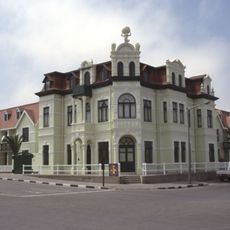
Hohenzollern Building
32.4 km
National Marine Aquarium of Namibia
32 km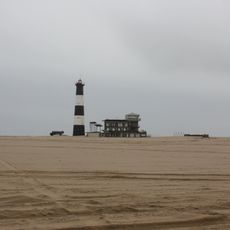
Pelican Point Lighthouse
17.9 km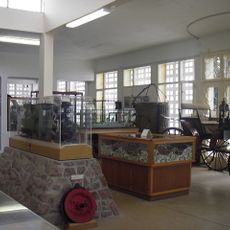
Museum Swakopmund
32.9 km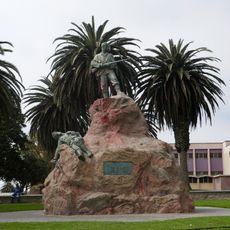
Marine-Denkmal
32.8 km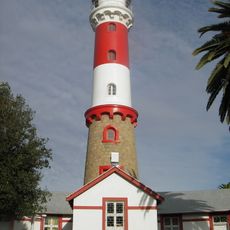
Leuchtturm Swakopmund
32.9 km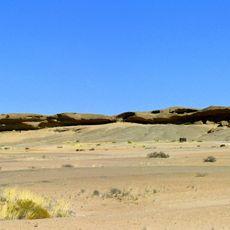
Vogelfederberg
41.8 km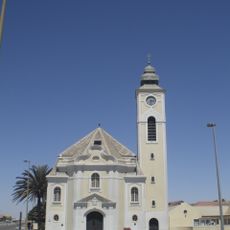
Evangelical Lutheran Church
32.7 km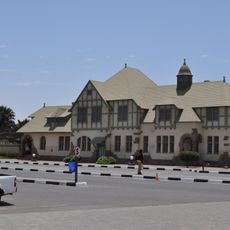
Altes Gefängnis
33.3 km
St. Matthew's Anglican Church
9.8 km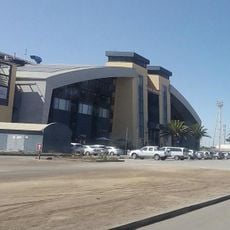
The Dome
34 km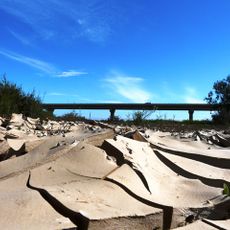
Swakopbrücke
31.4 km
Rhenish Mission Church
10 km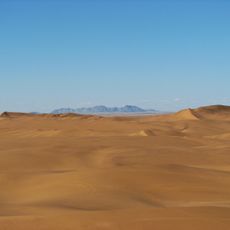
Parc national de Dorob
89.1 km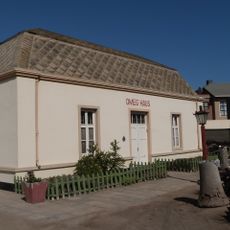
OMEG-Haus
33 km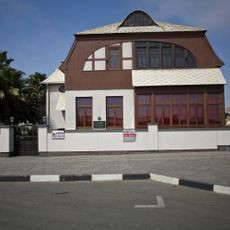
Kramersdorf Building
32.2 km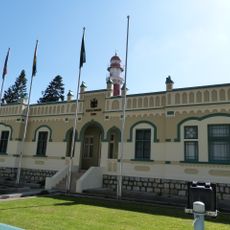
State House (Swakopmund)
32.9 km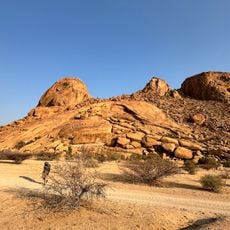
Spitzkoppe National Park
141.9 km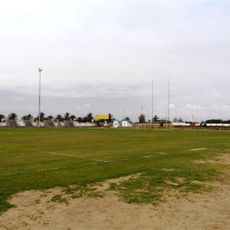
Jan-Wilken-Stadion
8.3 km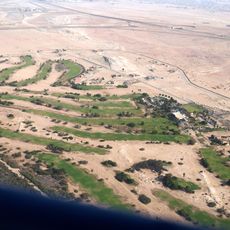
Rossmund Desert Golf Course
32.7 km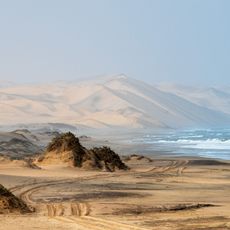
Sandwich Harbour
48.9 km
Railway Engine No. 652
9.1 km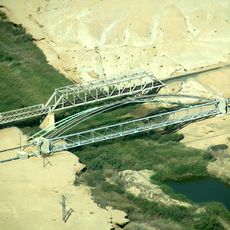
Swakop Bridge
31.8 km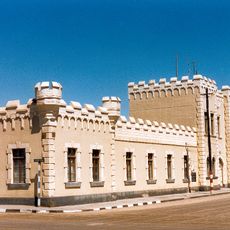
Old Barracks
32.3 kmVisited this place? Tap the stars to rate it and share your experience / photos with the community! Try now! You can cancel it anytime.
Discover hidden gems everywhere you go!
From secret cafés to breathtaking viewpoints, skip the crowded tourist spots and find places that match your style. Our app makes it easy with voice search, smart filtering, route optimization, and insider tips from travelers worldwide. Download now for the complete mobile experience.

A unique approach to discovering new places❞
— Le Figaro
All the places worth exploring❞
— France Info
A tailor-made excursion in just a few clicks❞
— 20 Minutes

